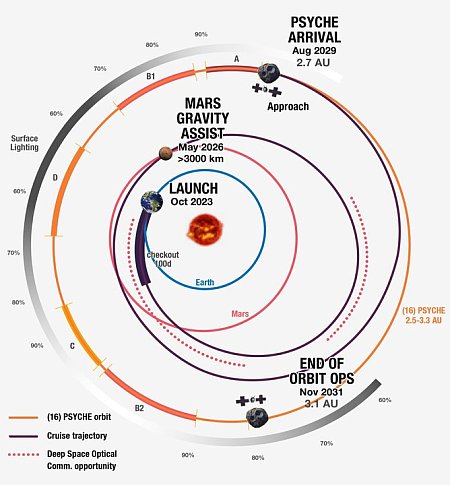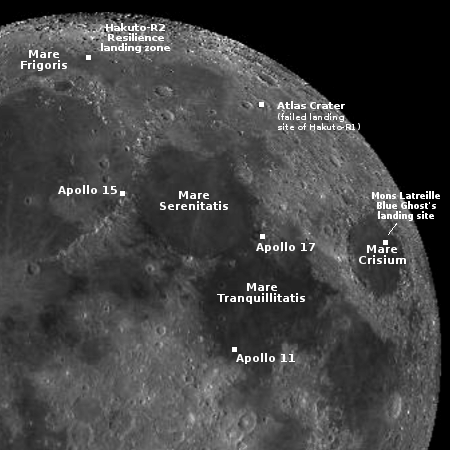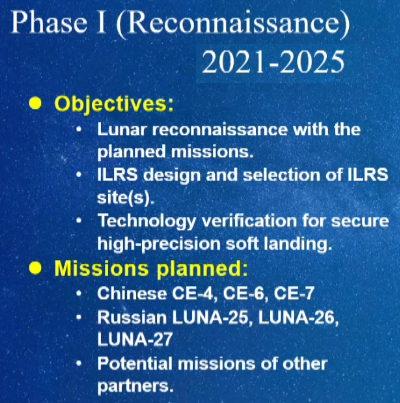Ursa Major wins contract for hypersonic test flight of its Draper rocket engine
The rocket engine startup Ursa Major has now won a $28.5 million contract from the Air Force Research Laboratory to do a hypersonic test flight using its Draper rocket engine.
The contract, announced May 1, covers both the flight demonstration and integration of the engine into a test vehicle, with work scheduled through early 2027. The project aims to advance U.S. capabilities in hypersonic weapons, a category of defense systems that has become a top Pentagon priority amid competition with China and Russia.
The Draper engine is designed to produce 4,000 pounds of thrust and was developed by Ursa Major with U.S. Air Force funding. Its key differentiator is its use of storable, non-cryogenic propellants — specifically a kerosene and hydrogen peroxide combination — that remain liquid at ambient temperatures. This contrasts with traditional rocket engines that rely on liquid oxygen, which must be kept at ultra-low temperatures and handled with complex cooling infrastructure.
It certainly does appear that the Pentagon is ramping up its hypersonic research with a slew of contracts to many different new commercial space startups. In addition to this deal, Rocket Lab, Varda, and Stratolaunch have won contracts for similar hypersonic testing, with Rocket Lab winning the most. No wonder a new company like Radian (see previous post) is switching its focus toward this research.
The rocket engine startup Ursa Major has now won a $28.5 million contract from the Air Force Research Laboratory to do a hypersonic test flight using its Draper rocket engine.
The contract, announced May 1, covers both the flight demonstration and integration of the engine into a test vehicle, with work scheduled through early 2027. The project aims to advance U.S. capabilities in hypersonic weapons, a category of defense systems that has become a top Pentagon priority amid competition with China and Russia.
The Draper engine is designed to produce 4,000 pounds of thrust and was developed by Ursa Major with U.S. Air Force funding. Its key differentiator is its use of storable, non-cryogenic propellants — specifically a kerosene and hydrogen peroxide combination — that remain liquid at ambient temperatures. This contrasts with traditional rocket engines that rely on liquid oxygen, which must be kept at ultra-low temperatures and handled with complex cooling infrastructure.
It certainly does appear that the Pentagon is ramping up its hypersonic research with a slew of contracts to many different new commercial space startups. In addition to this deal, Rocket Lab, Varda, and Stratolaunch have won contracts for similar hypersonic testing, with Rocket Lab winning the most. No wonder a new company like Radian (see previous post) is switching its focus toward this research.














